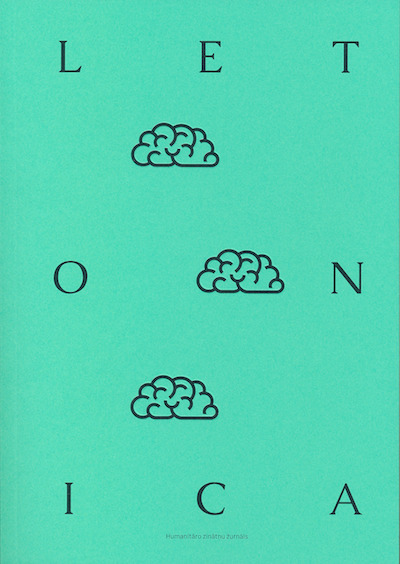No tautas dzīves apstākļiem līdz priekšmeta pamatraksturam: Ipolita Tēna ideju tiešās un netiešās atbalsis Latvijā
From the People’s Conditions of Life to the Essential Character of the Object: Direct and Indirect Echoes of Hippolyte Taine’s Ideas in Latvia
Author(s): Stella PelšeSubject(s): Aesthetics, Marxism, 19th Century, Sociology of Art
Published by: Latvijas Universitātes Literatūras, folkloras un mākslas institūts
Keywords: Hippolyte Taine; art theory; aesthetics; Marxism; imitation of nature; Latin culture;
Summary/Abstract: The article aims to trace the reception of French positivist Hippolyte Taine’s (1828–1893) ideas in Latvian culture, bringing together opinions voiced in Latvian periodicals since the late 19th century up to the 1980s. Aside from direct mentions and assessments, also included are rather similar but sometimes already clearly modified views discovered during the study of Latvian art theory. The core of Taine’s conception is not uniform and comprises quite incongruent elements, allowing the use of his legacy for different aims in various contexts. In addition to an emphasis on the people’s living conditions (milieu, race and moment) as the main factors shaping culture and art, there is also the component of traditional aesthetics, claiming that art is the imitation of nature but focused on the essential character of the object. Taine’s lectures on art were published in Latvian in 1897 and 1918. Most authors who directly referenced Taine’s work, appreciated it as scientifically grounded, while Marxists criticised it as incomplete regarding the class struggle aspect. Unattributed statements similar to Taine’s are found in traditionally oriented articles on art in the early 20th century, but by the 1920s, modernists from the Riga Artists’ Group used Taine’s typical distinction between “Latin” and “Germanic” cultures to extol the former as an example for Latvian art to follow. On the contrary, Taine’s reliance on the national temperament to determine all artistic and cultural manifestations could be used for the propagation of national and realistic art in the 1930s. National specificity as derived from the life conditions and climate proved useful also during the Soviet period to legitimise a limited degree of independence of Latvian art from the Socialist Realist examples imposed by the regime. Taine can certainly be regarded among the best-known and influential French authors in Latvia.
Journal: Letonica
- Issue Year: 2020
- Issue No: 41
- Page Range: 30-45
- Page Count: 16
- Language: Latvian

